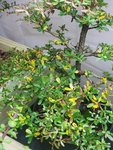so quick update...
As you all said, a lot of the yellow leaves fell from the olive. the Chinese maple leaves got grey and dry, sort of crispy. Serissa leaves started turning yellow and dropped as well.
Interestingly enough, after the initial down... everything sort of took off.
Here you can see the leaves grey. I was told to defoliate them completely.... I had re potted and root pruned the same tree a few weeks beforehand so I was worried and thought it was a goner... I hadn't watered it as often as I should, suddenly the tree was demanding much more water.

This is after defoliation. I noticed that the tips aren't green, there's no growth or anything on the tips. I left the few leaves that I saw had a decent amount of green on them.... This was done Sunday morning.
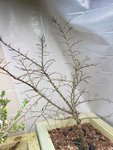
Today, Monday morning, I went in to check on the trees and I was actually shocked to find this. Not just one branch, the entire tree's buds are bursting and growing.

The dwarf black olive has also started putting out really rapid growth of new leaves.
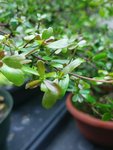
Serissa and Dwarf barbados cherry have even started flowering again.. Chinese sweet plum has started putting out whole new branches
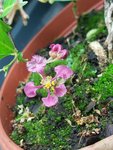
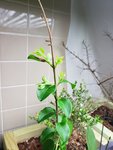
For some reason, the leaves on my ficus too little are growing larger, does anyone know why this is? I have both a smaller individually potted one and a forest, both are experiencing this. It happened over the course of a week.
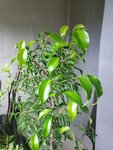

Essentially my questions now are this:
what is happening to the ficus? Is this normal?
and is it normal for the trees to be growing this fast?
especially after repotting/complete defoliation?
It's all happening over the course of days, when I had them outside during the spring and summer this sort of growth or change would take weeks.
I plan to make a picture dense thread about my journey growing them indoors including my setup and everything i'm doing later on.

